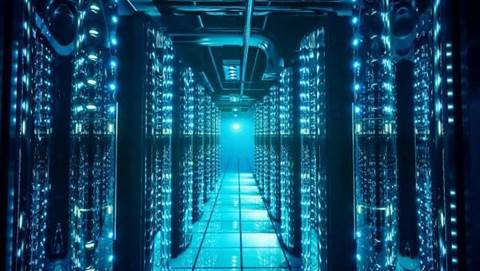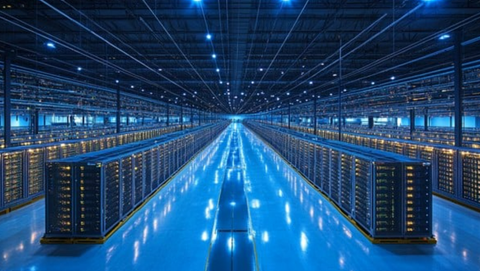As remote office, online education, and live broadcasting becoming increasingly popular, we are in era of digitalisation that is changing how data centres (DC) operate.
In a recent paper released in conjunction with the industry and partners, Huawei foresees 10 key trends that are creating new opportunities for development.
Trend 1: Zero Carbon DC
Carbon neutrality has become the most urgent mission in the world, triggering a green revolution. Green power, such as wind energy and solar energy, will be more widely used in data centres. In the large data centre, thermal energy recovery is a new energy saving solution. ‘Zero carbon’ DCs will be a reality in near future.
Trend 2: High Density
In next five years, IT devices will continue to evolve to high computing power and density, and the CPU and server power will continue to increase. In addition, as the demand for AI applications grows, the AI computing power will increase.
To balance efficiency and cost, data centres will develop to high density. It is estimated that by 2025, diversified computing power collaboration will become the mainstream, and mainstream cloud data centres will form a hybrid deployment of 15–30 kW/cabinet.
Trend 3: Scalable
The lifecycle of IT equipment is generally three to five years, and the power density is roughly doubled every 5 years. The lifecycle of data centre infrastructure is 10 to 15 years. The infrastructure must support elastic architecture and phased investment, and meet the power evolution requirements of two to three generations of IT devices with the optimal CAPEX.
Trend 4: Fast Deployment
The rapid deployment of Internet services will become essential as data centres shift from support systems to production systems to meet the diverse application requirements of the cloud. They need to be rolled out as quickly as the cloud.
Trend 5: Simple Architecture
To address the disadvantages of slow construction of traditional data centres and high initial investment costs, simplified system-level and data centre-level architectures will become the mainstream.
The DC power supply and cooling architecture evolves from the traditional architecture to integrated link-level converged products. With the prefabricated and modular design, the data centre features fast deployment, elastic capacity expansion, simple operations and maintenance (O&M), and efficient energy saving.
Trend 6: Lithium for All
Traditional data centre power supply systems have issues such as complexity, high footprint, frequent accidents such as fire breakout and difficult maintenance. Traditional batteries with lithium-based batteries and lead-acid based batteries will be phased out.
Eventually with the decreasing cost of lithium batteries, data centres will be all lithium-based. Compared with traditional lead-acid batteries, lithium batteries have twice the life span, occupies 1/3 footprint and have enhanced visibility.
Trend 7: Air In, Water Out
Driven by complex O&M and higher PUE and aligning with carbon neutrality goals, traditional chilled water systems will be replaced. In addition, cooling systems with less or no water will become the mainstream.
The modular Indirect Evaporative Cooling system adopts an integrated product design, which shortens deployment time and simplifies O&M, while fully utilises natural cooling resources, it greatly reduces the power consumption of the cooling system.
Trend 8: Fully Digitalised
With the increasing digital transformation, digital, communications, and AI technologies are increasingly applied. Digital twin technologies will become more widely used throughout the lifecycle of the data centre from planning, construction, maintenance and optimisation, making an all-DC visible, manageable, and controllable, delivering excellent full-lifecycle experience.
Trend 9: AI Enabled
With the continuous improvement and widespread application of IoT and AI technologies, data centres will gradually replace manual operation such as repetitive work, expert experience, and business decision-making to AI based autonomous driving.
Data centres will gradually evolve from single-domain intelligence such as O&M, energy saving, and operation to full-lifecycle digitalisation and autonomous driving, including planning, construction, O&M, and optimisation,
Trend 10: Secure and Reliable
As data centre infrastructures become more intelligent, network security threats are multiplied. The data centre must implement system-level, component-level, and device-level predictive maintenance. The data centre must have six features: hardware reliability, software security, system resilience, security, privacy, and always online availability. Hierarchical defense ensures data centre security and trustworthiness.









